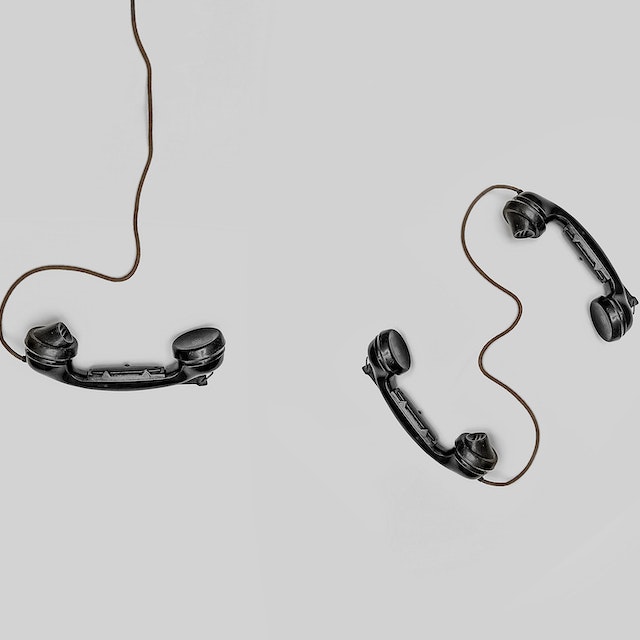Tangerine Drying Application
Drying or dehydration is the process of removing vaporisable substances such as water from solid materials in order to slow or stop microorganism growth or chemical reactions.
In traditional drying methods, heat is gradually transferred from the surface of the dried material to the interior due to the temperature difference between the hot surface of the product and the colder interior during the drying process.


Our industrial microwave oven can thermally process various foods, beverages, biomaterials, and other pumpable liquids. We use food-grade materials to pump and process products through a pipe on a continuous flow basis. Each system features ultra-fast heating and unique design technology for extended shelf-life foods, biomaterials, and aseptic products. To learn more about our industrial microwave technology, please contact our research and development team.
We look forward to developing a microwave solution for you!
Let us Project for You
Let us develop and propose a special project for your sector, product, and needs.



